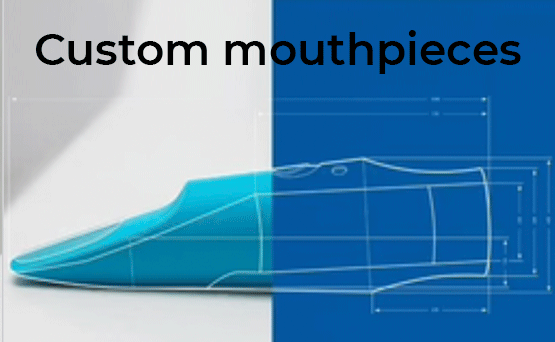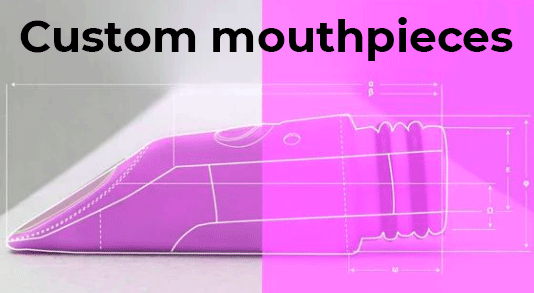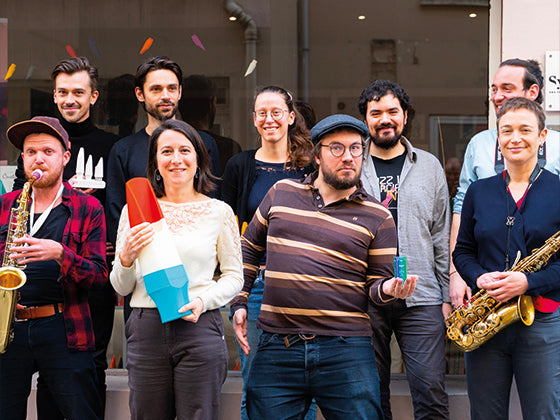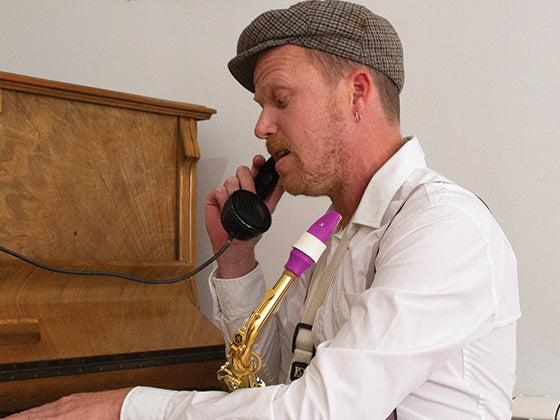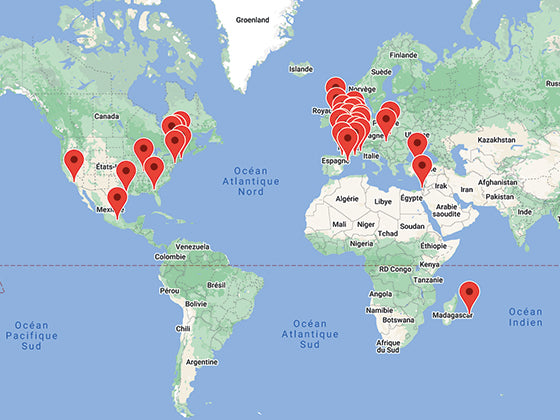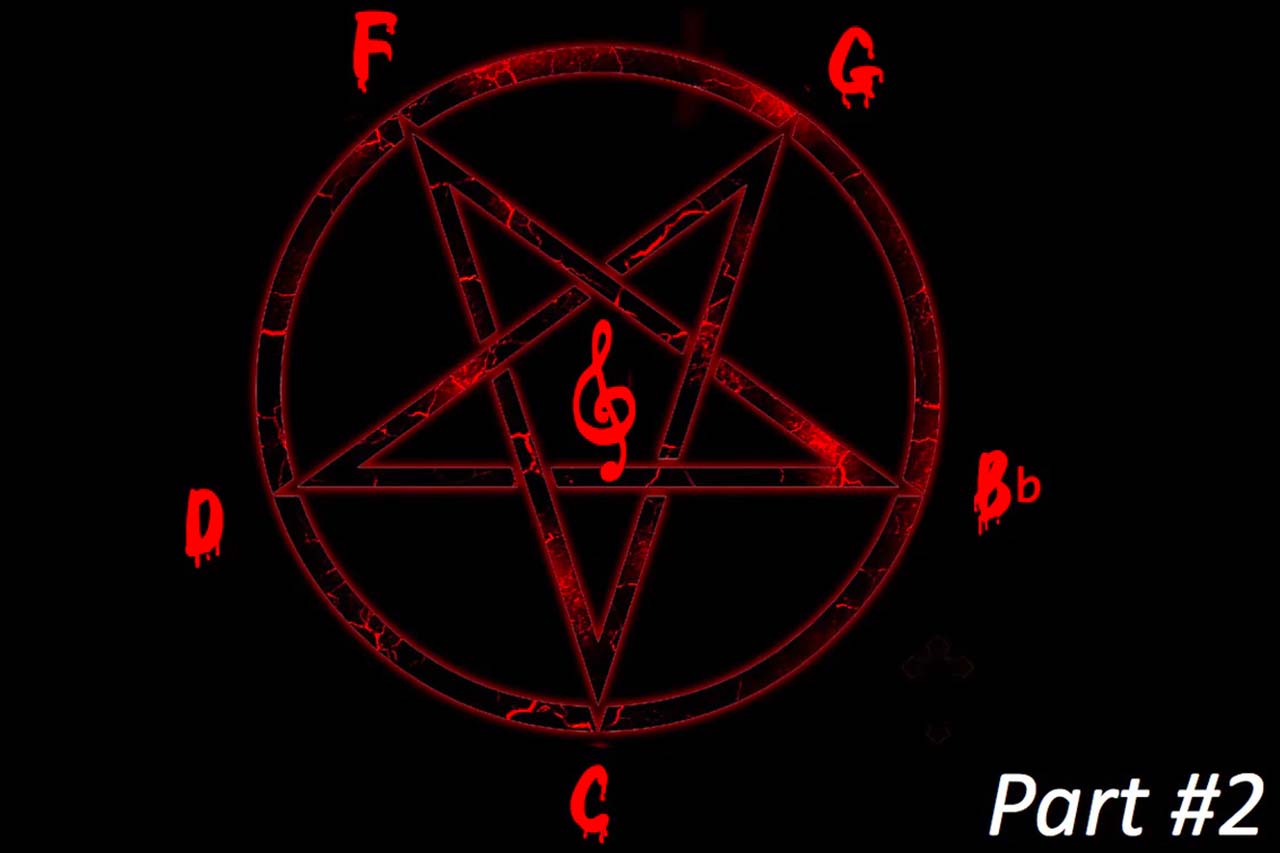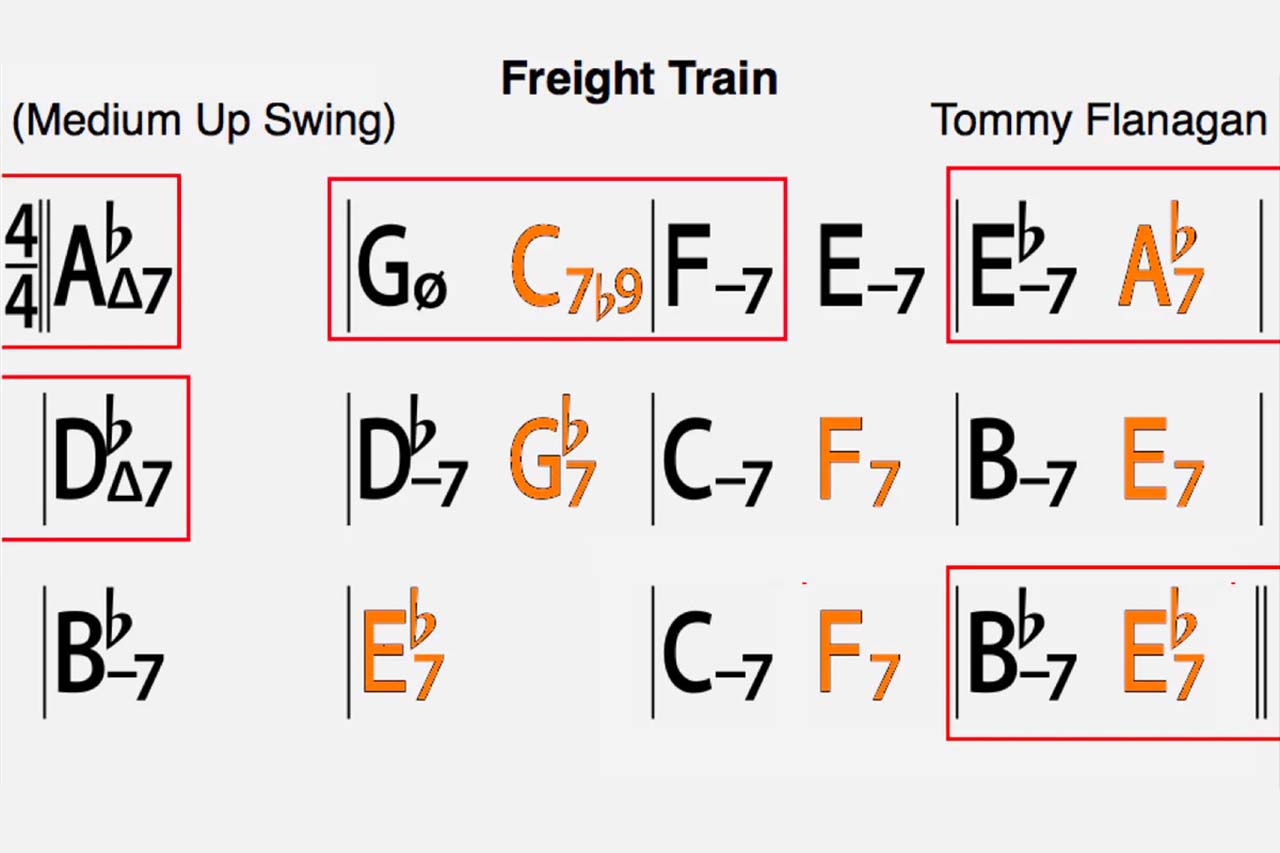Understanding and practising motif development will help us build our solos (or our compositions) by making them more coherent. When we talk, we don't jump from one topic to another that's completely unrelated (I mean, maybe, but the conversataion becomes absurd, impossible, and generally ends pretty quickly... ). Well, when we improvise musically or write, this should be the same (unless we decide not to be coherent, which then becomes an artistic choice). Anyway, what I wanted to present to you here are a few options to learn how to base oursleves on an idea that we will develop with consistency. Consistency might not come naturally to all of us, but we can definitely work on it!
Moreover, this practice will force us to listen to what we play (or write), and make us think about how to develop it. This will change everything (for the best, of course)!
What is a motif?
A motif is a small and incomplete musical idea, made of 2-3-4 notes, 1 or 2 bars long.
Eight ways to develop a motif
- Rhythmic imitation

- Extension

- Fragmentation

- Fragmentation-Extension

- Augmentation

Or:
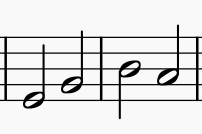
- Diminution

- Rythmic inversion

- Melodic Inversion

You can try with a play-along of a tune you know well, medium or slow tempo, and experiment as much as you like with each development above. Take your time, have fun, listen to yourself, play just a few notes, try to be as simple and as precise as possible. After a while, you won't even think about it, this will become natural in your playing.
Nota bene:
These motif developments are only suggestions, possibilities amongst all the other improvisation techniques. This should not restrain our creativity. It should help us to build a strong basis for our ideas, in order to lead them further and develop them to their zenith.
Thanks
I did not invent anything here, just transmitting the knowledge I acquired with Ed Tomassi. All credits and thanks go to him.

